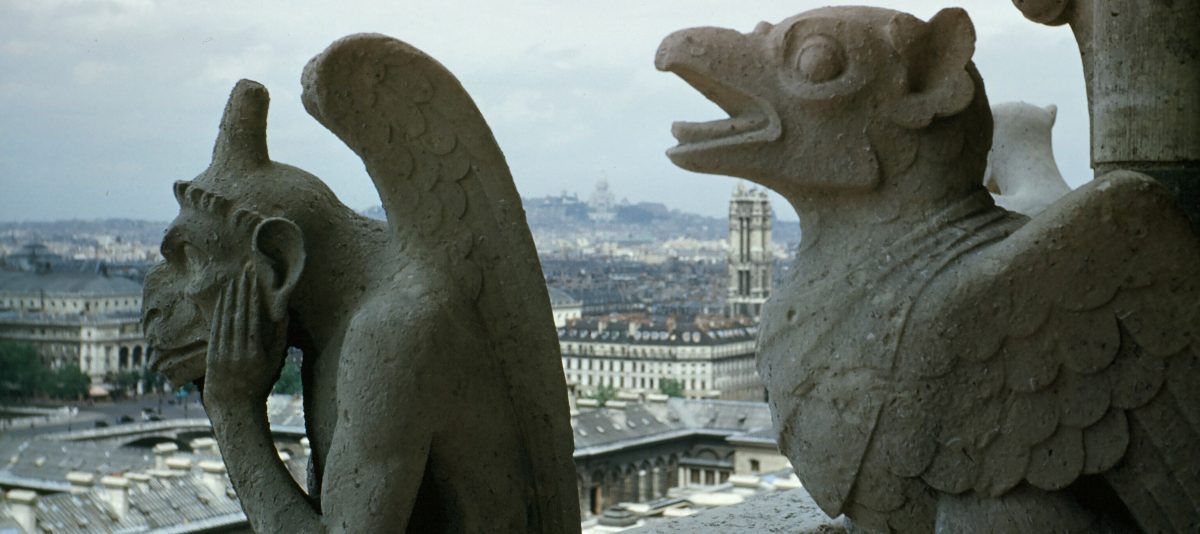My first year in the major seminary, I got to make some friends who worked summers at the St. Vincent de Paul Society’s camp in Spring Valley, New York. They invited me to join them when the summer vacation came.
The camp provided a brief, free vacation experience for poor, inner city New York kids, overwhelmingly of Puerto Rican birth or family.
They came by bus from the city for a twelve-day vacation. There were five such groups, separated by two days each—a busy, ten-week summer program.
The staffing was a kind of partnership between the seminarians and the Sisters of Mercy plus a good number of young folks, older teenage guys and gals. Most of the senior responsibilities belonged to the seminarians and the Sisters.
It wasn’t a very luxurious place. It had a couple of large dormitories, a small chapel, a ball field, and a swimming pool on a long parcel of property off the town’s main road.
The kids loved it, although some were uneasy about being away from home for the first time. Their twelve days were filled with games, swimming, campfires, bedtime stories, songs, and Mass and occasional group prayers.
One fun practice was the recitation of the noon Angelus. The prayers were led over the camp loudspeaker, and for the campers it was a little like a big game of Statues—as soon as the loudspeaker began, everyone froze wherever they were to join in the prayer!
There was a happy atmosphere to the place, and it was a great experience for the inner-city kids—and for us seminarians, the Sisters, and the lay staff.
The seminarians had the custom of noting the names and addresses of the children that seemed to have special needs or problems and then visiting their homes during school year holidays
There even was a large Christmas party event we organized for the kids and their families in St. Cecilia’s church hall on East 106th street in the Barrio—in those days the main and oldest Puerto Rican neighborhood in the city. It included a slide show with pictures of their summer experience.
That 1954 summer camp in Spring Valley was a great and enjoyable learning experience for me, and I returned to it again the next summer.
The summer of 1956 I didn’t work in the camp, but I returned the next year, surprisingly as head counselor!
Those three summers resulted in life-long friendships with the other seminarians, the Sisters, and many of the young lay staffers.
They also were my first introduction to the New York Puerto Rican world and, with the later home visits, to its neighborhoods, homes, and family life.
In a sense, it provided a training in pastoral care that the seminary couldn’t and didn’t. It was a doorway into Latino New York and taught me, through lived experience, about Puerto Rican Catholicity, religious life, and customs.
My five years in the seminary were focused on knowledge and studies, and I appreciated them and was good at them—but the three summers at the camp help develop me as a person and plunged me into another world. In a way, they impacted me more than the seminary itself.
They moved me to be less introverted and more extroverted, and they gave me a foretaste of pastoral experience and the joy of reaching out and helping those in need.
I think the camp probably did more for me than I did for the camp!
24 January 2022
